7 things I've learned after cooking on cast iron over the years
I’ve used my cast iron pan for years — here’s what it’s taught me
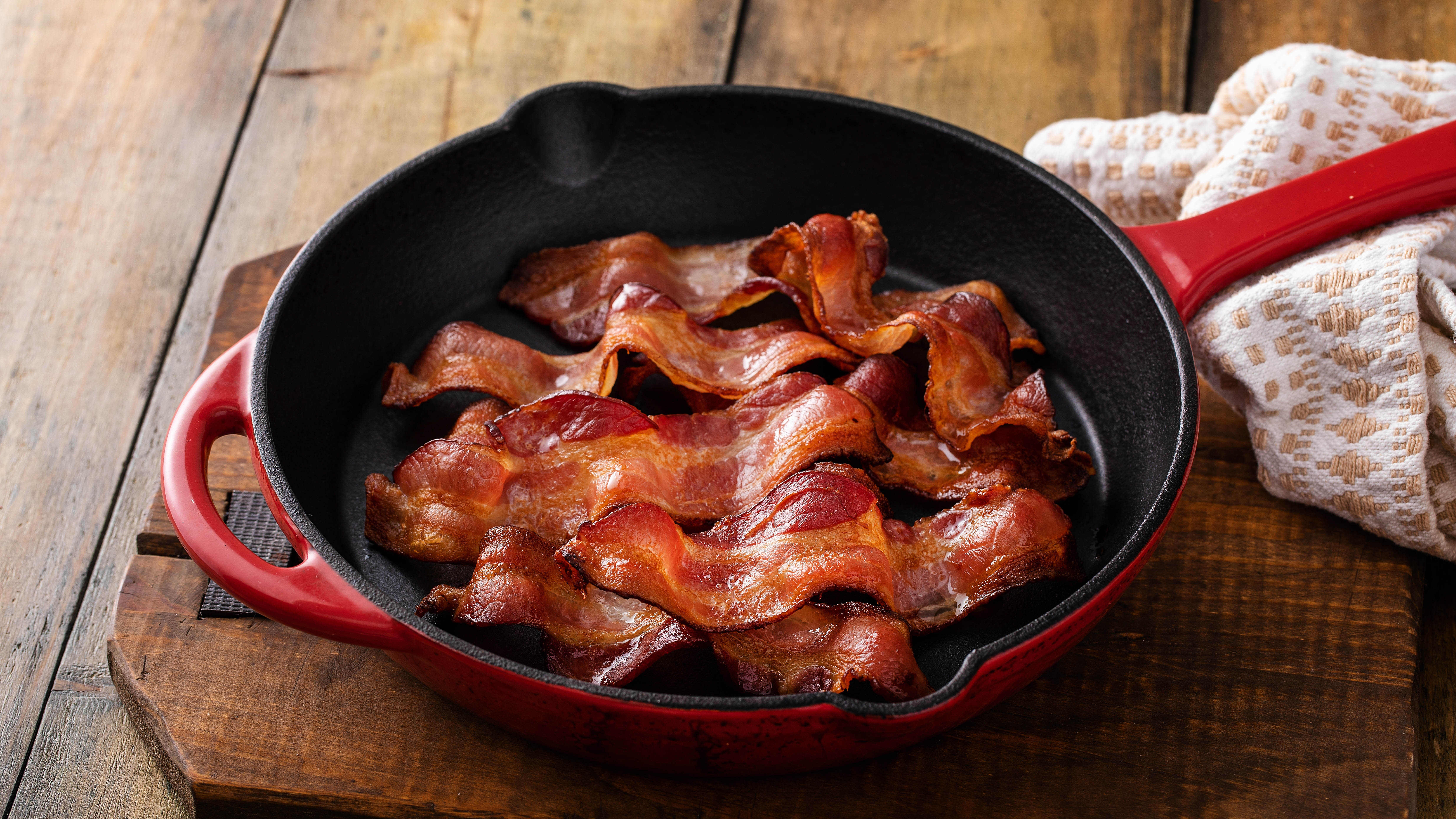
They say cast iron lasts a lifetime, and for me that’s been true so far. We’ve been using our cast iron pan for a few years now, and it shows no signs of slowing down. Cast iron is brilliant to cook on because it retains heat well and leaves an iconic sear behind. It also imprints a unique flavor on ingredients which it attains over time. Check out the best cast iron skillets to learn more about this material and to see the top performers.
Such cookware can be used to prepare all kinds of recipes, from searing vegetables to frying chicken. Admittedly, we predominantly use our cast iron for grilling steaks — both thick and thin. But, we’ve learned a lot nonetheless over the years. Consequently, we know how to get the best performance from our cast iron cookware as well as what we would replace it with when and if the time comes. If you’re keen to learn all about it, I’ve listed 7 things my cast iron grill has taught me here.
If you’re in the market for a new skillet, here are 7 things you should check when buying a cast iron skillet. You may also be interested in discovering about a Dutch oven.
1. There are two types of cast iron

Firstly, there are in fact two types of cast iron — traditional, or exposed, cast iron and enameled cast iron.
We own the Le Creuset Cast Iron Round Grill (£87, Le Creuset), which is only available in the UK, but the Le Creuset Enameled Cast Iron Signature Deep Round Grill ($99, Amazon) is similar in design. Le Creuset produces enameled cast iron, which means the surface is coated in a fine layer of enamel. This impacts the performance in more ways than one. It doesn’t require seasoning because the cast iron core is protected, and this surface makes it that much easier to clean too, with some designs claiming to be dishwasher safe (although we always recommend handwashing).
Traditional cast iron, on the other hand, is just cast iron, meaning it requires more maintenance — it needs seasoning, as it's vulnerable to rust. But, it is more affordable, and on the whole more durable too. Enameled cast iron is more liable to crack on the surface. So there are pros and cons to each.
I didn’t even realize there were two types of cast iron until engaging with a reader after researching how to clean a cast iron skillet. In retrospect, enameled is better for us, because it’s more convenient and better for semi-regular use. For everyday use, traditional cast iron might be a better choice. For more information on this, check out Cast iron vs enameled cast iron skillet — which is better? Plus, here's how to season a cast iron skillet.
Get instant access to breaking news, the hottest reviews, great deals and helpful tips.
2. The dangers of cooling

If you’ve ever used cast iron cookware before, you will likely be aware of its obvious properties. For one, it takes a long time to heat up to temperature, as well as cool down once you’re finished. This is because it's a poor conductor of heat when compared to popular metal cookware, so it takes longer to reach temperature and retains it well once there.
While you should be aware that cooking on cast iron can take time because of this, my concern is more to do with the latter. Depending on the size and thickness of your cast iron, it can take hours to cool down. If you’ve got children — or in our case, curious pets wandering around — you need to keep a third eye on it during this time. You can, of course, let it cool in a safe space, such as the oven. But if the oven has been used, you’re looking at several hours for it to cool down. Even then, you should always approach it with caution before grabbing it. Hold your hand near to check for retained heat before touching it. Do this with great care so as not to accidentally touch the cast iron, and only after sufficient time has passed. Hold your hand at a distance to start with and gradually bring it closer.
Do not try to cool cast iron in the sink by running it under cold water. This can lead to thermal shock, which cracks the metal — one of the 5 mistakes you’re making with your cast iron skillet. Instead, wait until it’s warm and then wash under hot water. Do not leave water to soak in traditional cast iron either — this encourages rust. Keep both kinds of cast iron out of the dishwasher too.
3. It can easily damage a glass stove top

Another property of cast iron is its heavy weight. We actually like using our grill pan because of its compact size and thin design, but even so it’s still heavy (the U.S. version weighs over 5 pounds). So, if you opt to buy a thick casserole dish complete with lid, be prepared for some lugging. A danger of this is using it on a fragile glass stove top. Such a heavy weight can easily crack or chip this surface. And when you consider your cookware could be searing hot all the way to the handle, moving it to and from your stove could entail more risk than you think.
If you’re buying your cast iron cookware online, always check the weight before you purchase. If possible, find something of a similar weight to compare it with — that way, you can imagine what handling it will be like. It needs to be easy to grip as well, especially if it’s a heavier design.
4. Preheating is essential
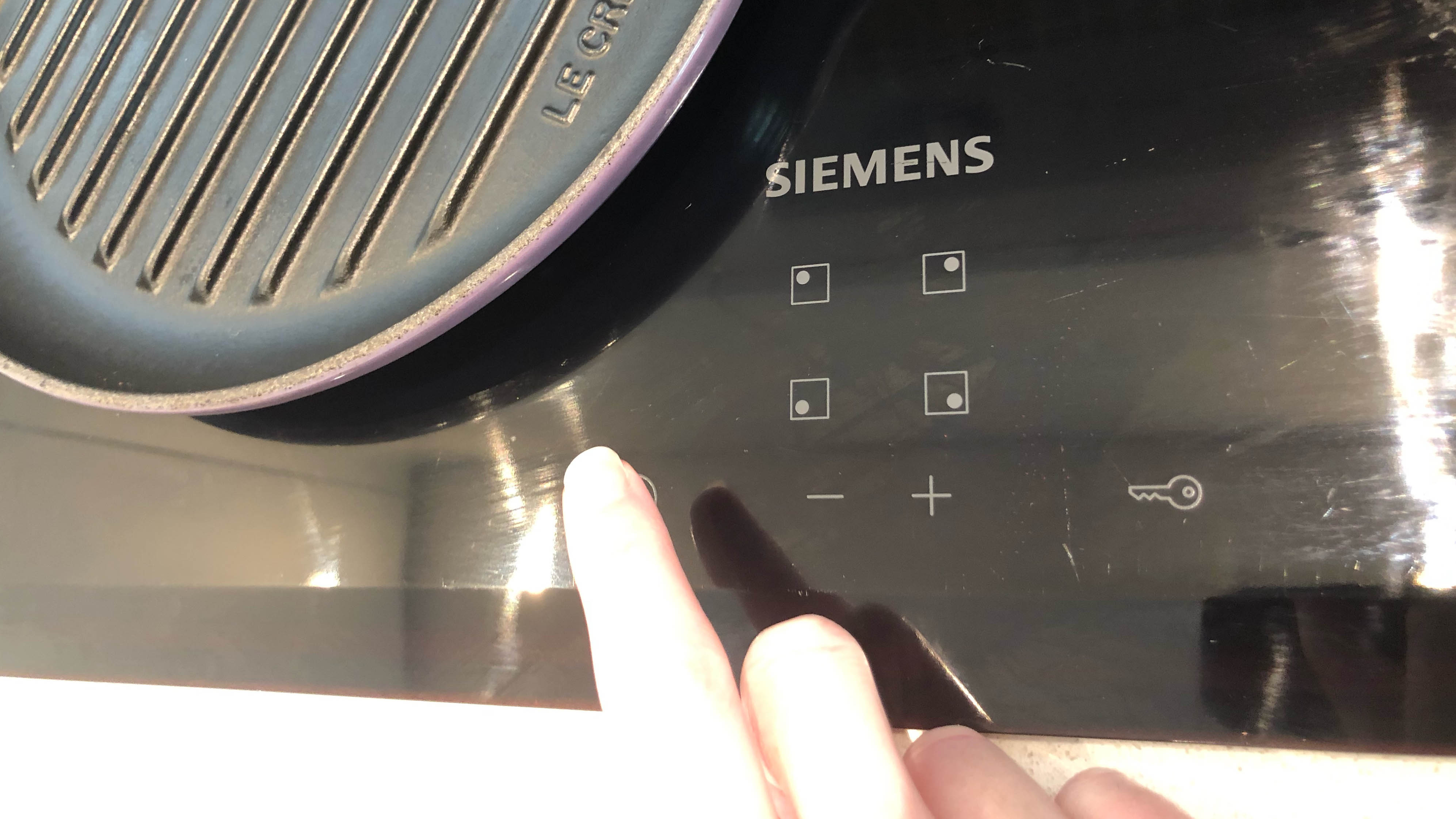
Unlike your metal pots and pans, cast iron requires time to preheat. This usually takes 5-10 minutes, but it’s essential. Throwing ingredients onto a cold cast iron surface will produce uneven results — this is because the heat distributes across the pan gradually. Your ingredients would cook slowly (and stick in the process), so you wouldn’t be able to flash fly or produce those delicious sear marks before its finished cooking.
Preheating time will vary depending on the size and thickness of your cast iron, as well as the burner itself. As you get to know your cookware, you will learn the best time and settings to reach the optimal temperature. Again, we like that the thin design or ours somewhat shortens the time, but the reduced surface space does limit how much we can cook at once.
Make sure you don’t overheat the cast iron either — usually indicated by the oil starting to smoke. It will take a while to cool down again because of its heat retention. You can always use an infrared thermometer to check the temperature is suitable for your ingredients. An example of this would be Etekcity Lasergrip 800 Temperature Gun ($28, Amazon). Always heat cast iron gradually, turning up the burner from low, so you can control better control its progress.
5. You can clean off scorch marks
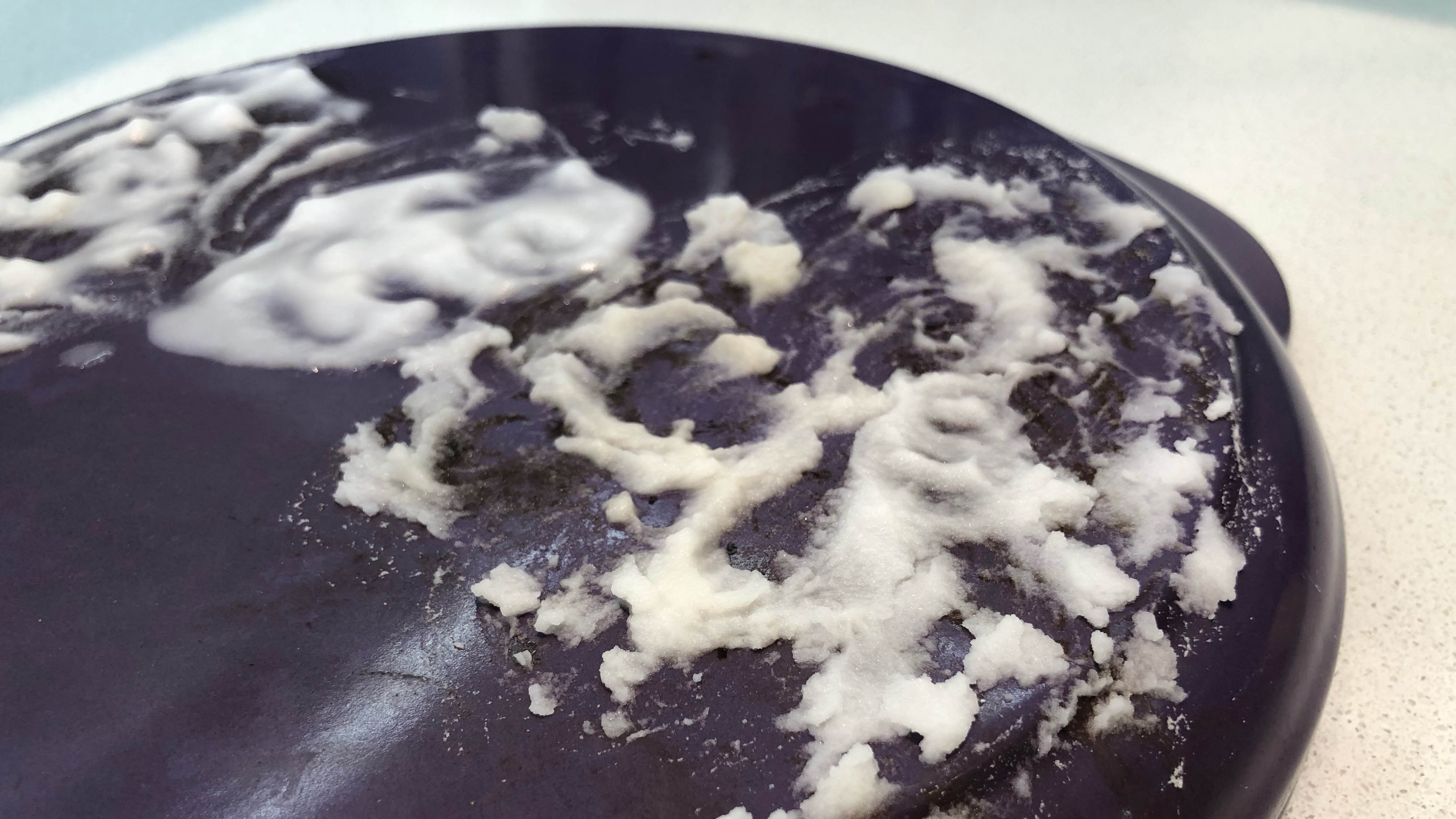
We love the bright colors that enameled cast iron products offer, and which Le Creuset is iconic for. Such colors mean you can sync these pans with your kitchen’s decor and leave them out on display. But, from your very first use, scorch marks on the underside can ruin the look. These occur as a result of burnt grease and residue from your stovetop. I was disheartened when I realized that everyday soapy water couldn’t remove these marks. I figured my purple grill pan was likely stained for life, and it was only going to get worse.
Luckily, I found a way to remove such marks, and it wasn’t a struggle to do so. It also didn’t require chemicals which surprised me. All I had to do was apply a thick paste of baking soda and water to the surface, and then leave it to work its magic for about three hours. I then spritzed it with distilled white white vinegar to create a fizzy chemical reaction. Once it had finished fizzing, I scrubbed those scorch marks away with the abrasive side of a sponge. True, there was some elbow grease involved, but it did the job. Now, it's ready to show off to guests whenever needed.
6. The handle must be sufficient
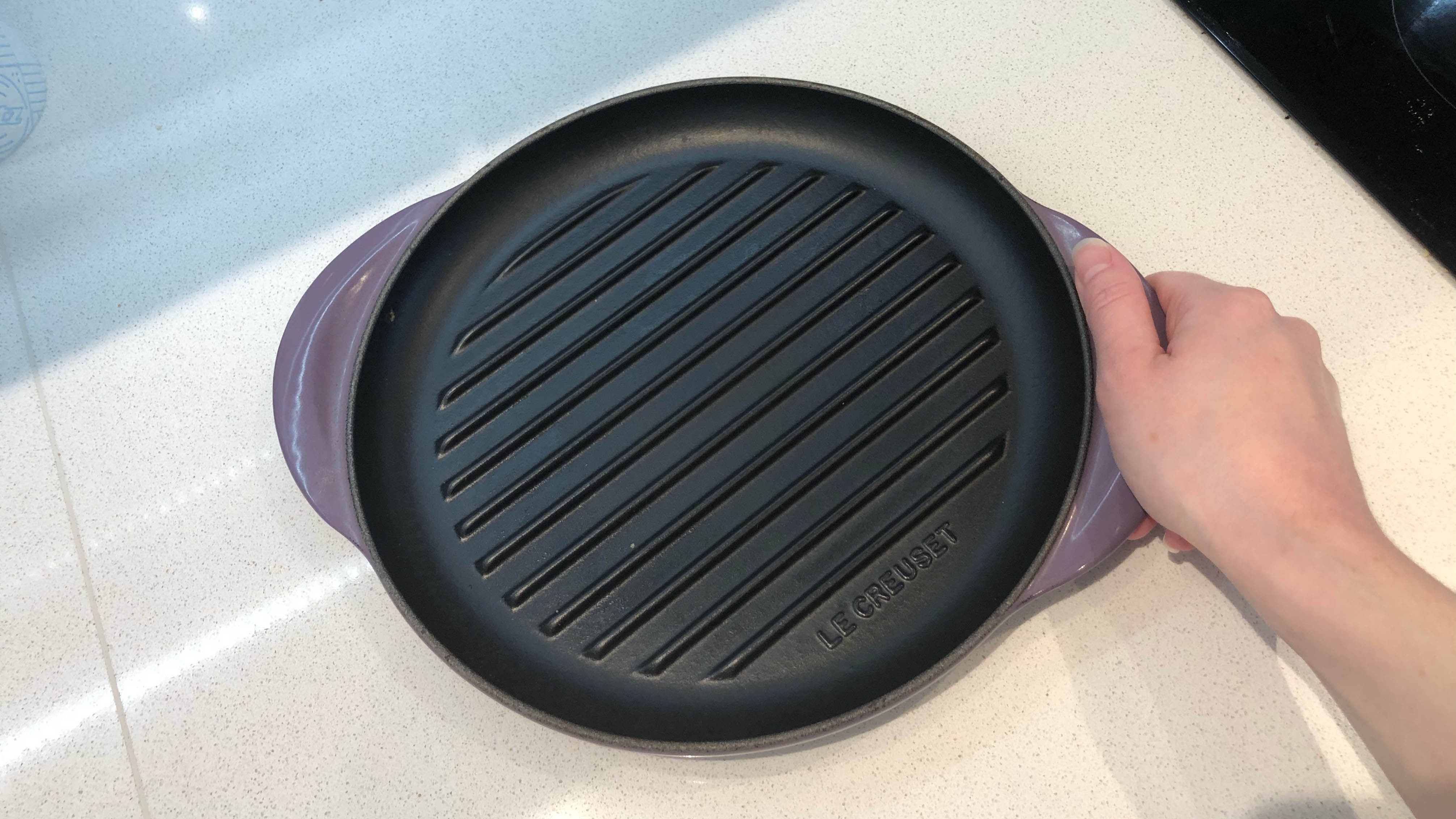
Our grill pan features small handles which protrude from its round exterior. While these get the job done, it’s not ideal. These are difficult to grip, especially when the pan is hot, which is quite dangerous. Le Creuset Silicone Handle Grips ($24, Amazon) are available to help here, but the sheer size of the handles makes it too small to maneuver confidently. The U.S. alternative version at least features holes in the handles, so you can get a better grip.
If I were to replace this model, I’d upgrade to a cast iron skillet with grill lines — these feature a protruding long handle as well as a lug handle. This is technically a different type of cookware, but it still provides the benefits of cast iron cooking, with a better source of grip. Whatever cast iron cookware you choose, just make sure the handle size is appropriate, with two available for both hands to take hold.
Bear in mind that long handles will get hot too, so a dedicated cover is a good investment, such as this Le Creuset Silicone Handle Sleeve ($19, Amazon).
7. You can bake a pie
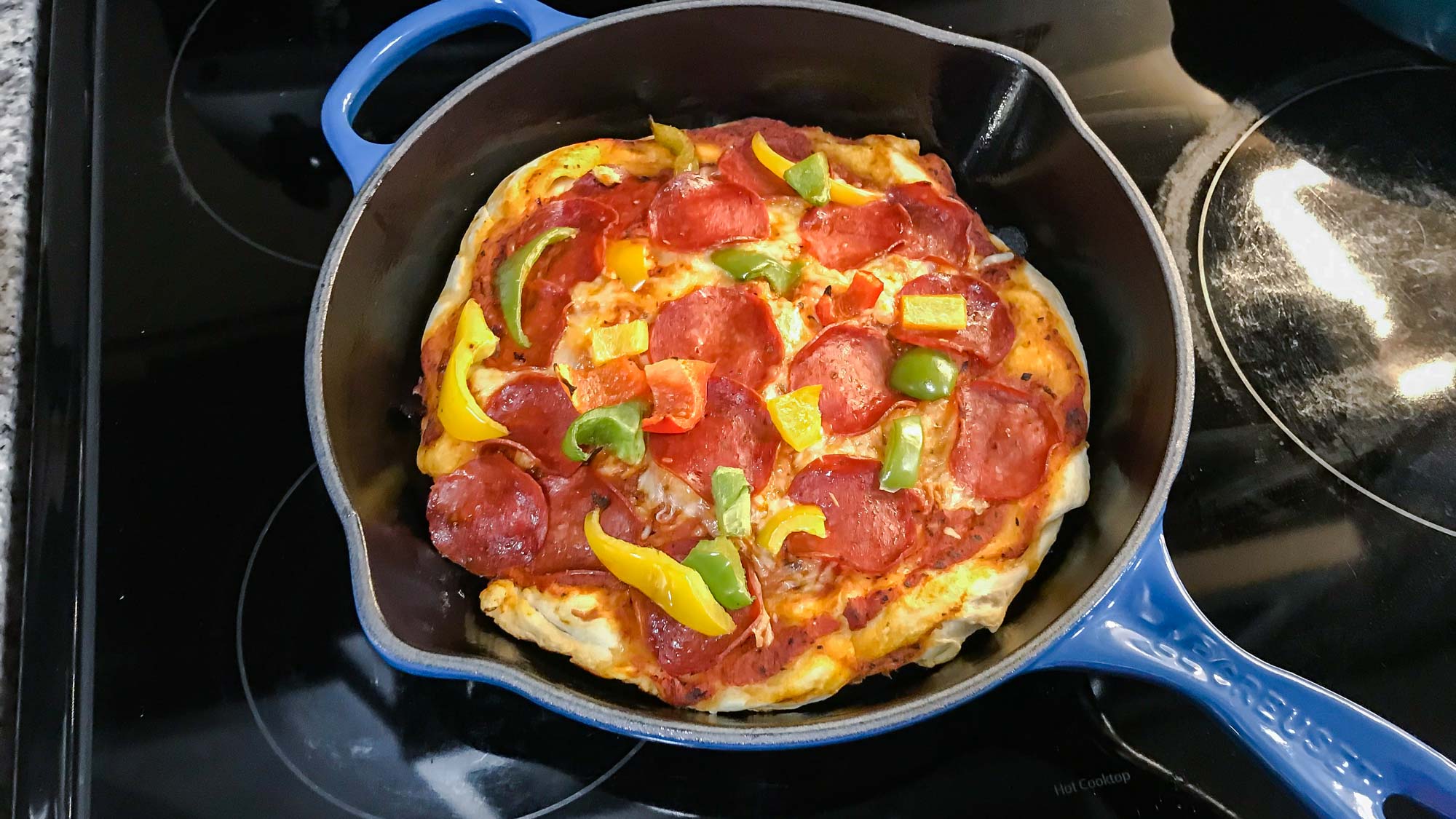
As mentioned at the start, the recipe possibilities for cast iron cookware are pretty much endless. I feel bad about using mine for the same purpose when you consider the options. When I organized the best cast iron skillet test, I was surprised to discover that you can bake fresh pizzas successfully on this surface too. Simply load up your skillet with dough and ingredients, and bake in the oven. Cast iron is usually oven-safe, but always check with the manufacturer first.
You can make all sorts of baked goods in cast iron, including desserts, such as apple pie or cinnamon rolls. But, take care because there are 6 foods you should never cook in a cast iron skillet. So, take full advantage of your cast iron cookware — we intend to going forward.
More from Tom's Guide

Katie Mortram used to be a Homes Editor for Tom's Guide, where she oversaw everything from kitchen appliances to gardening tools, as well as smart home tech. Specializing in providing expert advice for cleaning and home manintenance, she now works as Household Advice Editor for Good Housekeeping.
